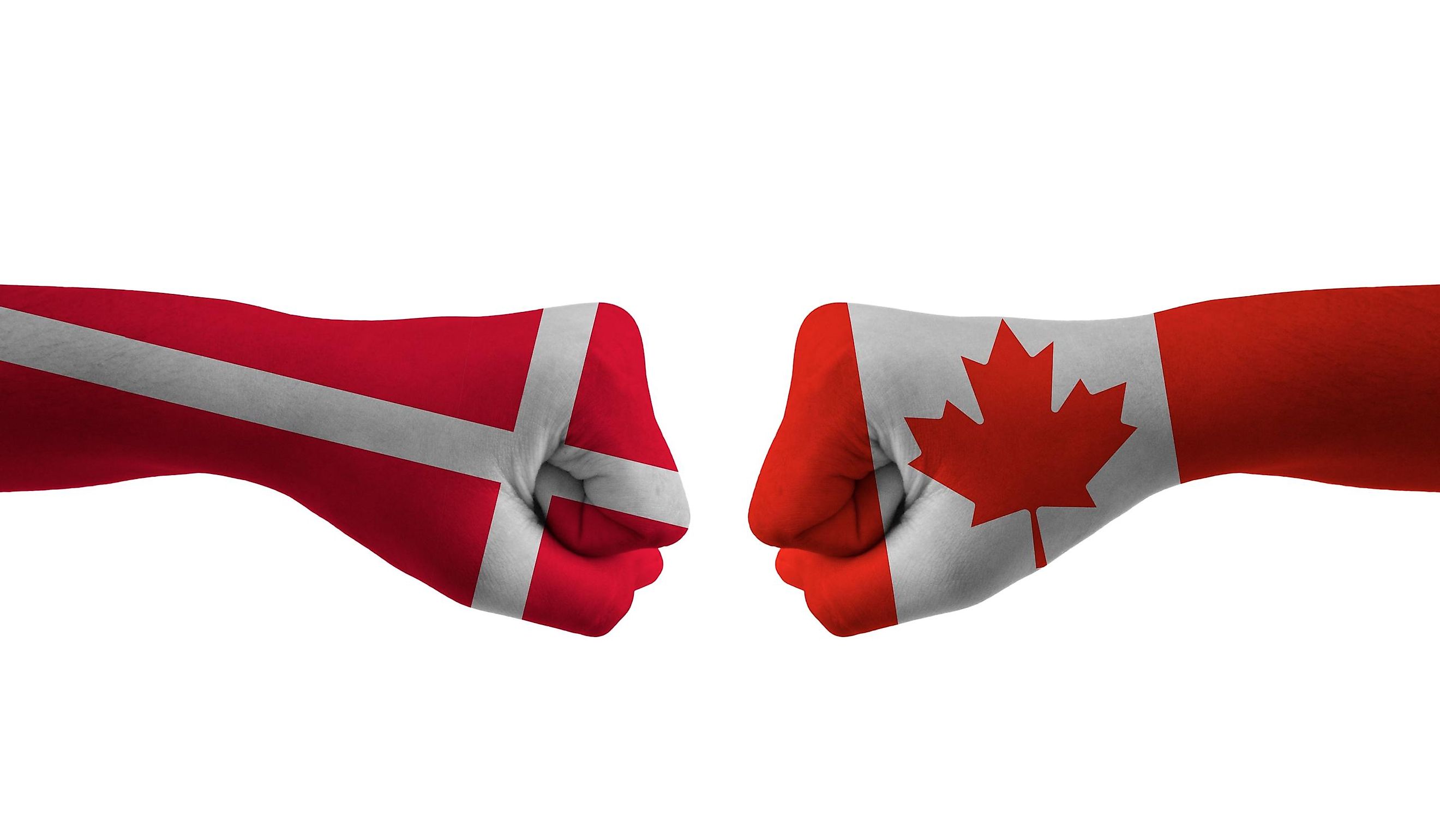
The "Whisky War" of Hans Island
In today's geographical landscape, many territorial disputes like Palestine, Ukraine, Taiwan, and Kosovo famously attract the majority of the world's attention. Alas, secluded between Arctic glaciers, the tiny Hans island created a storm. Canada and Denmark are both NATO founding members and strong allies and they are known for their peaceful and democratic natures. Yet, despite the calm Nordic waters, the Hans Island dispute has lasted for over a century. The conflict known as the "Whisky War" was described by some as a "pseudo-confrontation" and by others as a diplomatic afterthought. Now, however, we can certainly say that it was never really a conflict at all and has finally been resolved with a territorial split of the tiny barren Arctic Hans Island between Canada and Denmark.
The History Of Hans Island
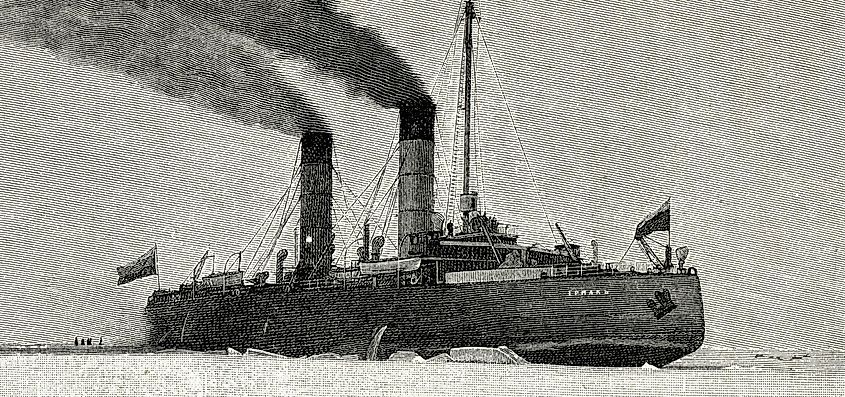
Hans Island is an island in the very center of the Kennedy Channel of Nares Strait in the High Arctic region, halfway between Greenland and the Canadian Arctic. With the Danish establishing control over Greenland in 1815, Denmark was the first to have a significant presence in the High Arctic region. After the annexation of Alaska to the United States and the creation of Canada in 1867, British and American efforts to explore and chart the region ramped up. Following the British Arctic Territory transfer to Canada, its sovereignty shook the area. This strategic territory transfer, based on the areas claimed by explorer Martin Frobisher in the 16th century, the aim was to prevent American claims based on the Monroe Doctrine (to oppose more European colonialism in North America).
Before the 1920s, Hans Island was not explicitly included in this transfer due to imperfect mapping techniques inherent in Arctic exploration difficulties. In the 1920s, Danish explorers were finally able to explore and accurately map the tiny Hans Island. "Tartupaluk," Inuktitut and Greenlandic for "kidney-shaped," was and still is a barren and uninhabited island with an area of 1.3 square kilometers (0.50 sq mi) mainly used as part of Inuit (Greenland natives) hunting grounds since the 14th century.
But what distinguishes this small island from the many others in the area? Well, Hans Island is peculiarly situated midway through the 35 km (21.7 mi) wide Nares Strait, which separates Nunavut, Canada, from Greenland. This poses a great interrogative since international law states that countries have control over territorial waters extending 22.2 km (12 mi) from their shores. So, Hans Island falls within both the Danish and Canadian 12-mile national waters, with both claiming the island as theirs.
The "Whisky War"
In 1933, the Hans Island situation was brought to the P.C.I.J. (Permanent Court of International Justice), which recognized the ownership of the island to Denmark. However, due to the disintegration of the League of Nations and, therefore, the P.C.I.J, of which it was the judicial organ, this ruling translated into a stalemate. Hans Island matters fell into obscurity for several decades as both Canada and Denmark had to face WWII hassles.
The "War" officially started in 1973 when the island once again fell through the cracks of international law despite an agreement on the demarcation of maritime borders in the Arctic. Despite the scope of the negotiations, which aimed to divide the whole Arctic continental shelf, the status of Hans Island remains unresolved, and the dispute escalated. In 1984, Canadian soldiers visited the island, planted a Canadian flag, and left a bottle of Canadian whisky next to it. The Danish Minister of Greenland Affairs himself came to the island the same year and planted the Danish flag and a bottle of Schnapps with a letter that read, "Welcome to the Danish Island." This alcoholic beverage exchange gave the name to the conflict.
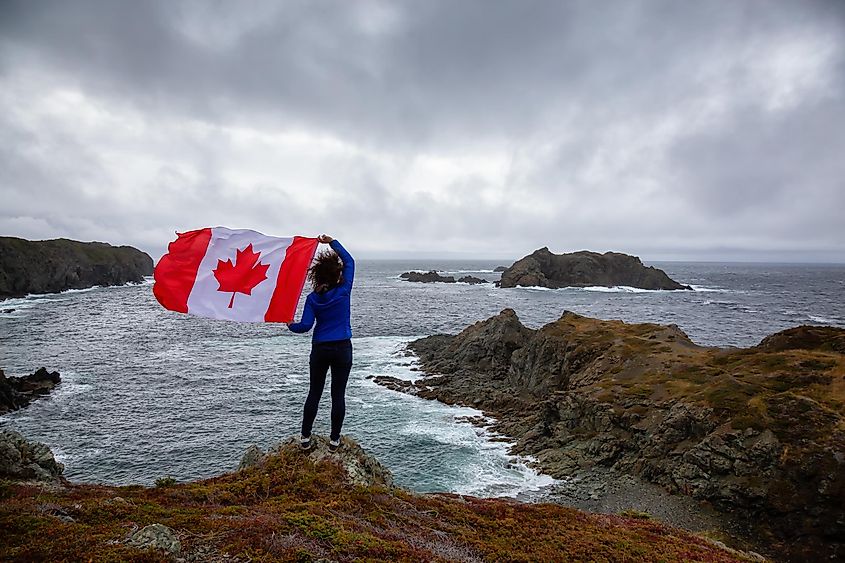
Despite the serious official nature of the "War," the manner in which the conflict was litigated was light-hearted and most likely included several other undocumented beverage exchanges. On July 13th, 2005, Canadian soldiers visited the island again, erecting an Inukshuk and Canadian flag. Additionally, Canadian Defence Minister Bill Graham landed on the island, leading Denmark to file a complaint in which he stated: "We consider Hans Island to be part of Danish territory, and will therefore hand over a complaint about the Canadian minister's unannounced visit." This "pseudo-confrontation" was finally been resolved in 2022 with a historic agreement marking the formal and final division of Hans Island.
The 2022 Agreement
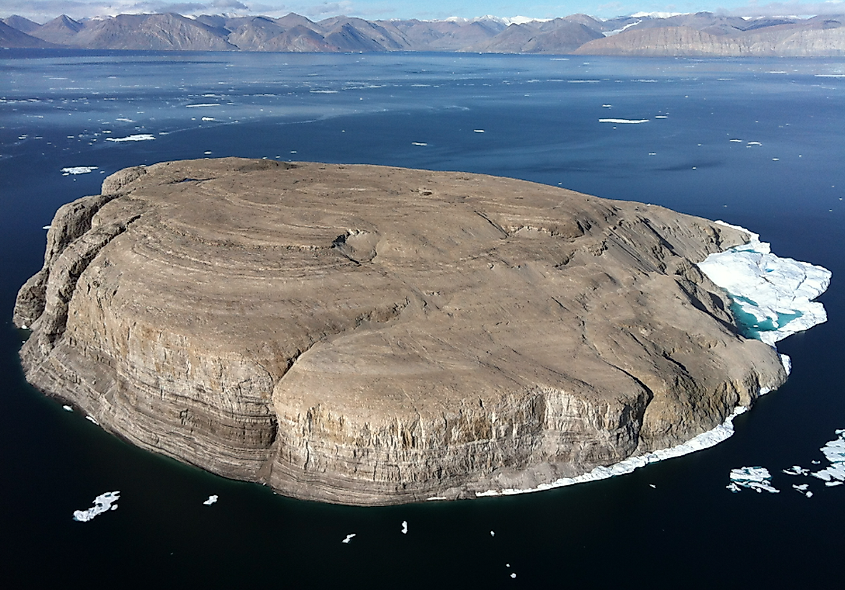
To resolve the pending boundary issues, the two close NATO allies created a joint task force in 2018, which finally led to the 2022 Agreement. On June 14th, 2022, Minister of Foreign Affairs of Canada Mélanie Joly and Minister of Foreign Affairs of Denmark Jeppe Kofod, together with Prime Minister of Greenland Múte Bourup Egede, signed an agreement resolving the outstanding territorial dispute between Canada and Denmark over Hans Island.
This agreement determines the maritime boundary of the Arctic continental shelf and assigns a portion of the island to both countries. Hans Island was divided along a natural ridge, granting 60% of the area to Greenland (Kingdom of Denmark) and the remaining 40% of the area to Canada. This historic agreement was ironically celebrated with the last symbolic exchange of liquor during the negotiations. Dividing the Lincoln and Labrador seas meant the creation of a total of 3,962 km (2461.8 mi) long maritime boundary, which is so far the longest in the World.
Implications Of The Agreement For the Inuit Natives
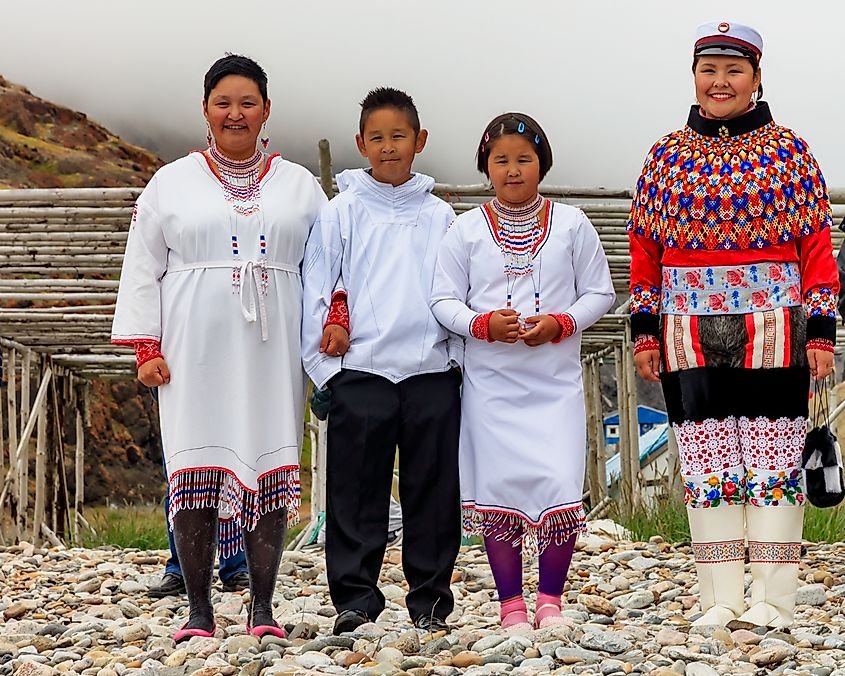
Hans Island was used by the Inughuit Greenlanders as a hunting ground when hunting polar bears and other game for centuries, and its cliffs served as observatory spots for identifying marine mammals on the surrounding sea ice until recently. The closest existing hamlet of the Inuit people in Greenland is Siorapaluk in Avanersuaq, 349 km (217 mi) south of Tartupaluk. The closest Inuit settlement in Canada is Grise Fjord, 603 km (375 mi) on the southwest. While the direct implications of the agreement may seem to have more impact on the Inughuit of Greenland at first glance, the agreement has significant, far-reaching importance for the Inuit of both sides.
Before the agreement was reached, the Inuit natives had a broad consultation plan with the C.B.S.A. (Canada Border Services Agency) to ensure their continued historical and traditional access to Hans Island. To prevent a major impact on the Inuit, they were invited to the negotiating table. The premier of Nunavut praised the Inuit for their widespread participation in the negotiations of the agreement and stated that for the Inuit, "lands, waters, and ice form a singular homeland…used, crossed and inhabited freely before formal boundaries were created by political jurisdictions." The agreement left only a portion of the island available for the natives, relatively far from existing Inuit villages, and does not extend to the sea or ice surrounding the island.
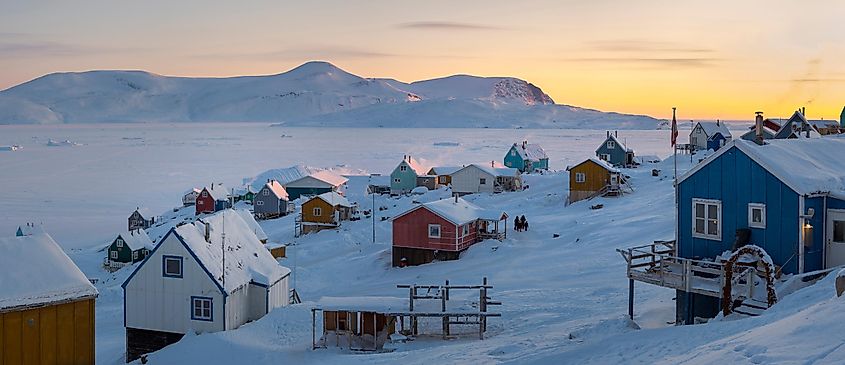
Maintaining access, hunting rights, and freedom of movement on the entirety of Hans Island for the purpose of traditional activities may mark a first step towards the acknowledgment of the integrity of Inuit territories extending across the borders of Greenland and Canada, with the hope that this will prompt future negotiations and reaching south to Baffin Bay where Inuit presence is much denser in both sides.
After the colonization of the New World, Hans Island was left undiscovered for centuries. Then, Danish explorers ventured deep into the High Arctic region to discover the unknown, pioneering the tiny island. Due to the English territory transfer to the newly created Canada, Hans Island was claimed by both Canada and Denmark. International law did not help assign ownership to either due to the close proximity to both their shores. After a light-hearted conflict that lasted nearly 50 years, the "Whisky War" came to an end with the historical 2022 agreement that divided Hans Island between the two litigants to settle the decade-old dispute. Today, the territorial division on this inhabited island creates more than a few hassles for the local Inuit natives, who once roamed free on the island to hunt and now have to face two unforeseen ruling powers.











